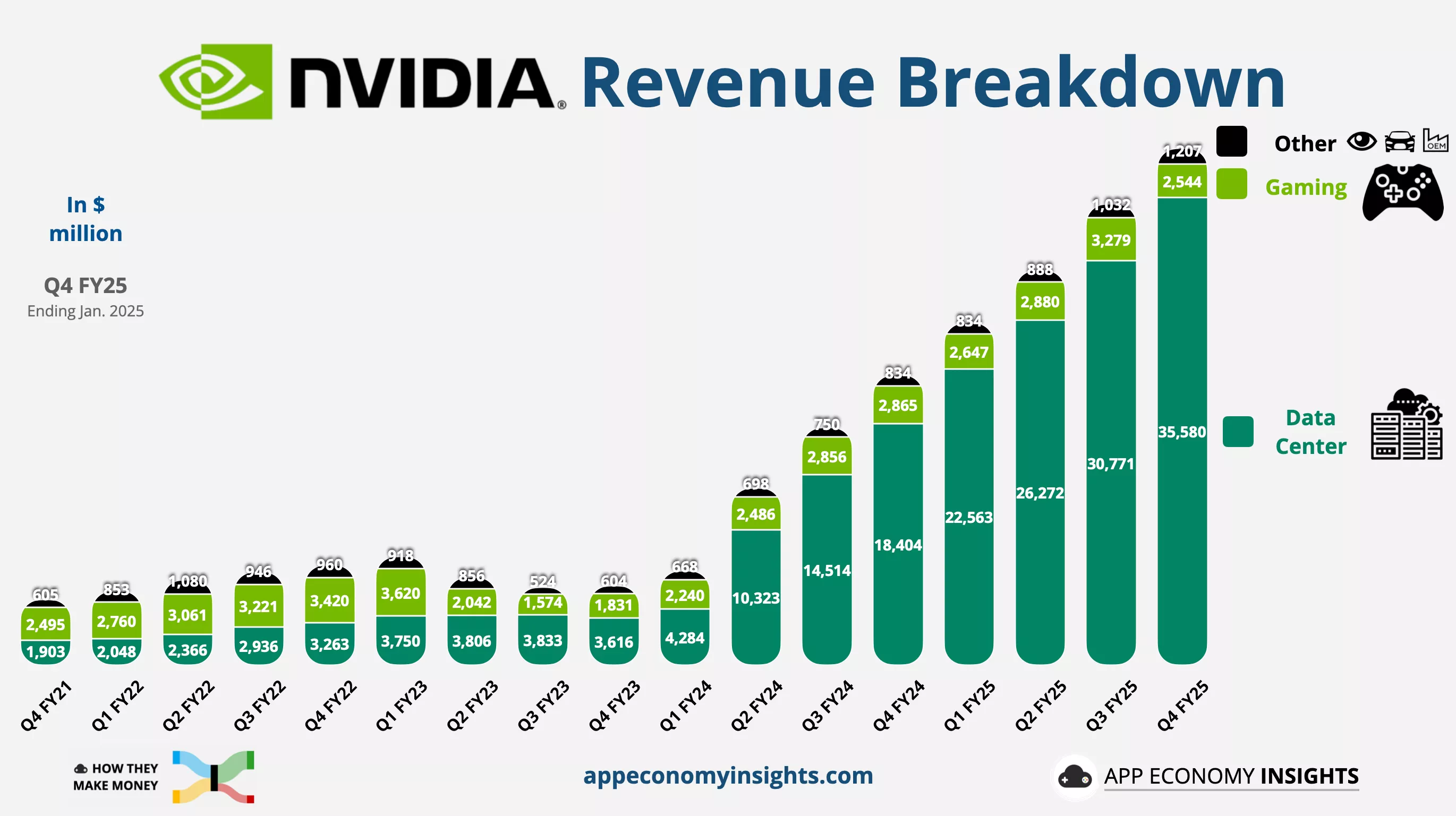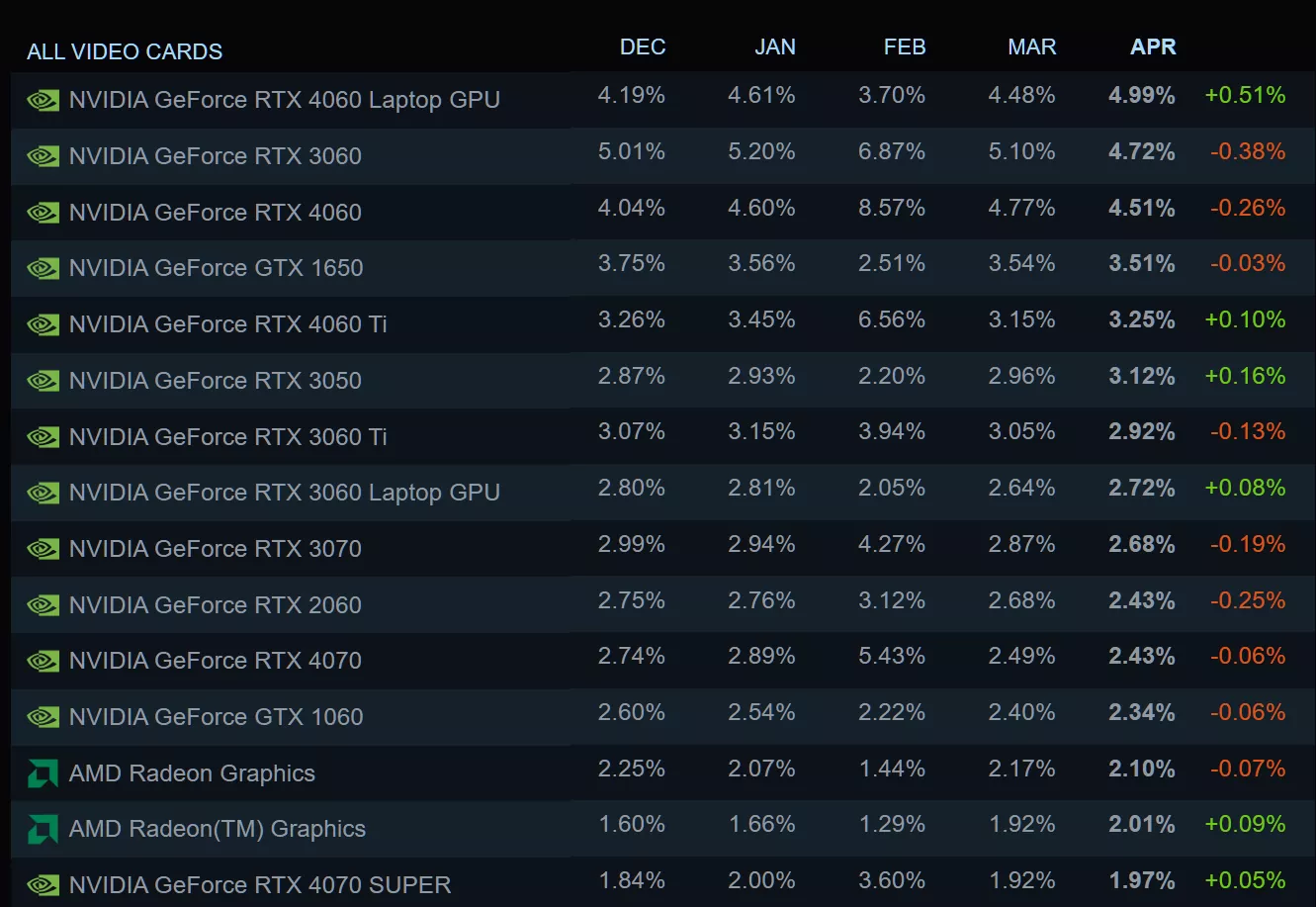Facepalm: As Computex 2025 is set to unfold in Taipei, much of the tech world's attention will be understandably drawn to new innovations and big announcements at the show. Yet, amid the buzz, a more troubling story is playing out behind the scenes – one that raises serious concerns about transparency, media integrity, and the trustworthiness of GPU launch coverage. The issue? Nvidia's release strategy for the GeForce RTX 5060, and how the company is manipulating public perception through tightly controlled media "previews."
Hardware Unboxed has found plenty of success success on YouTube and has become a trusted voice in the PC hardware community. As you may know, Steve and Tim run HUB independently, and we're proud to have them continue collaborating with TechSpot to bring their reviews to our audience. Steve has been reviewing PC hardware for over 20 years here, and even before that on a personal tech blog before we teamed up.
Most recently, Steve and Tim have raised alarms about what they view as an unprecedented level of media control in the lead-up to the RTX 5060's release. Unlike previous launches, Nvidia appears to have avoided issuing early review drivers to independent reviewers. We reported about that, as an extension of Nvidia's questionable launch of a new generation of GPUs with only 8GB of VRAM, but things go much deeper than that.
The company is favoring a handful of more "friendly" outlets with early access, under strict conditions. These outlets were given preview drivers – but only under guidelines that make their products shine beyond what's real-world testing would conclude. To cite two examples:
- One of the restrictions is not comparing the new RTX 5060 to the RTX 4060. Don't even need to explain than one.
- Another restriction or heavy-handed suggestion: run the RTX 5060 with 4x multi-frame generation turned on, inflating FPS results, while older GPUs that don't support MFG look considerably worse in charts.
The result: glowing previews published just days before the official launch, creating a first impression based almost entirely on Nvidia's marketing narrative.
These previews are not traditional reviews. They come with significant constraints, including mandatory testing at 1080p, strict game lists, and the required use of DLSS with multi-frame generation enabled. More troubling, comparisons are restricted to older cards like the RTX 3060 and 2060 Super – products that don't support frame generation.
This allows Nvidia to showcase dramatically inflated performance deltas, often 3 – 4× higher, due to synthetic advantages that don't translate to actual, raw performance.
What Nvidia's dream 'independent' tech review looks like: pic.twitter.com/pePA2WEABw
– Hardware Unboxed (@HardwareUnboxed) May 17, 2025
What makes this situation particularly egregious is the absence of real reviews to counterbalance the spin. Unlike with the RTX 5070 launch, where misleading previews were quickly followed by independent reviews from outlets like Hardware Unboxed and Gamers Nexus, the RTX 5060 lacks such balance. Nvidia has not released the necessary drivers to most independent reviewers, especially those attending Computex.
It's not the first time Nvidia has tried to lean on its relationships with media to shape early perceptions. From the 8K "meme" marketing of the RTX 3090 to the carefully framed 4K-only benchmarks of the RTX 3080, Hardware Unboxed traces a clear pattern: Nvidia is willing to use its influence to selectively showcase best-case scenarios and bury less flattering realities.
But the RTX 5060 appears to mark a new low. This is the first time Nvidia has actively excluded almost all independent reviews and voices from participating in the launch narrative of a mass-market GPU.
This strategy has troubling implications...
- First, it threatens the trust consumers place in the review process.
- Second, it sets a precedent where only media willing to toe the corporate line gain access – marginalizing independent, critical coverage in favor of promotional fluff.
- Third, it risks reshaping search algorithms and public opinion, as glowing previews dominate online discourse during the launch window, before skeptical reviews even have a chance to appear.
It must be said that these concerns are not born out of personal grievance, even though there's some history there between Hardware Unboxed and Nvidia.
In a private meeting in 2019, Nvidia offered Hardware Unboxed money to produce favorable DLSS content. Steve declined – and about a year later, he was excluded from Nvidia's review programs.
At the time, Nvidia claimed his reviews "focused too much on rasterization instead of ray tracing" – in other words, he wasn't aligning with the company's preferred messaging. After this was made public and the tech community rallied in support of Hardware Unboxed, Nvidia issued an apology just days later, walked back its demands for tailored testing, and effectively lifted the imposed restrictions.
This isn't a conspiracy theory. It's a systemic shift in how media manipulation works in tech. It's not always about explicit bribery. Sometimes, it's about access, exposure, and a subtle but powerful exchange of favors that compromises journalistic integrity.
This is also happening at a time when Nvidia is a more powerful entity than ever before. Now one of the three largest companies in the world, with a market cap of $3.3 trillion, its primary revenue comes from data center sales and AI acceleration – fields where Nvidia's GPUs have become the hardware of choice for powering models like ChatGPT and virtually every major push into generative AI.
Source: App Economy Insights
In comparison, PC gaming represents only a small fraction of Nvidia's overall business. That's why it's difficult to reconcile their aggressive media tactics with their broader corporate message. If their hardware is truly the best, why resort to such heavy-handed strategies?
At this scale, the risk of backlash or reputational damage – especially now that Nvidia is a household name beyond the PC enthusiast space – could outweigh any perceived marketing gains.
As for the RTX 5060, the advice is simple for all our readers: do not buy the RTX 5060 based on current preview coverage. Wait for real reviews. Make informed decisions based on comprehensive, independent testing – not on early-access impressions designed to sell a narrative.
A month ago, when Nvidia officially launched the 5060 Ti 16GB, 5060 Ti 8GB, and the 5060, they told us that the $200 RTX 5060 wasn't aimed at enthusiasts who read reviews at TechSpot or YouTube channels like Hardware Unboxed, so launch-day reviews were less important.
This is not only inaccurate – it's also a weak excuse. Our audience isn't just wealthy gamers buying RTX 5090s. Plenty of people who check out our reviews are mainstream gamers purchasing mid-range graphics cards. Surely Nvidia didn't expect us to accept this reasoning, especially when, in the same briefing, they also claimed that "gamers love the 60 series." So which is it? Gamers love it, but enthusiast gamers don't care about mainstream GPU reviews?The messaging was completely contradictory.
You could maybe make that argument for ultra-budget $150 cards – but not for what is historically the most popular GPU tier in Nvidia's lineup each generation – just look at the Steam survey and you can easily conclude it's all unnecessary excuses.
This situation is a wake-up call. As tech enthusiasts, we rely on honest coverage to guide our purchases. We must demand transparency and support outlets that prioritize truth over marketing. Because if this trend continues unchecked, the next generation of gamers might find themselves drowning in polished PR, without even realizing they're being sold a fantasy.
Nvidia's RTX 5060 launch and the erosion of independent GPU reviews


